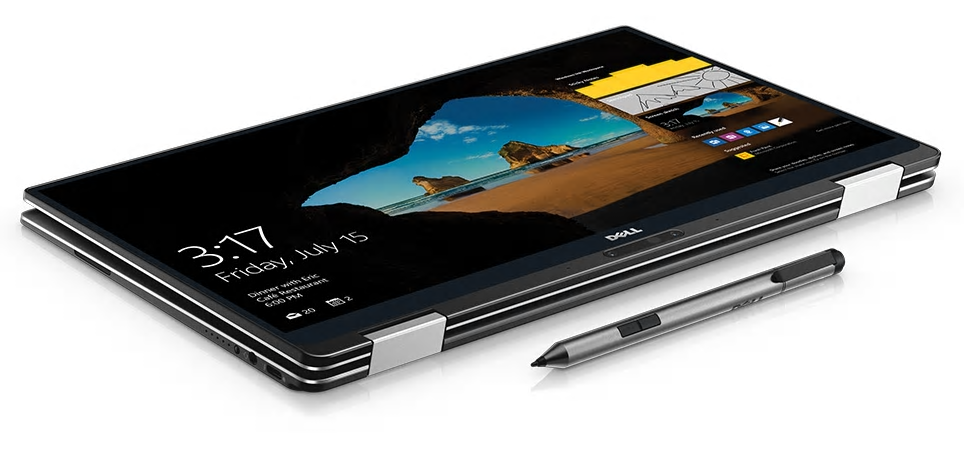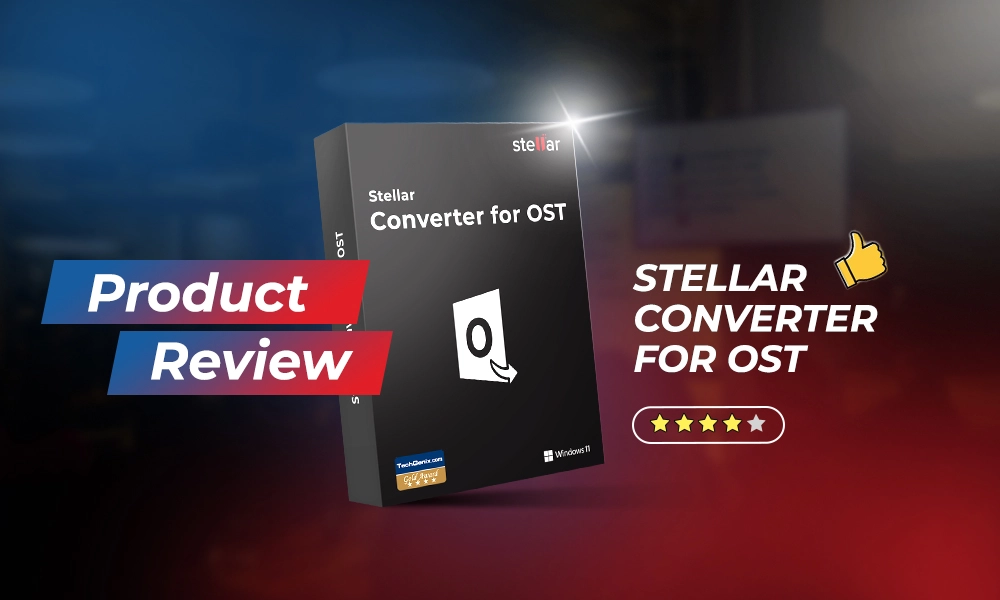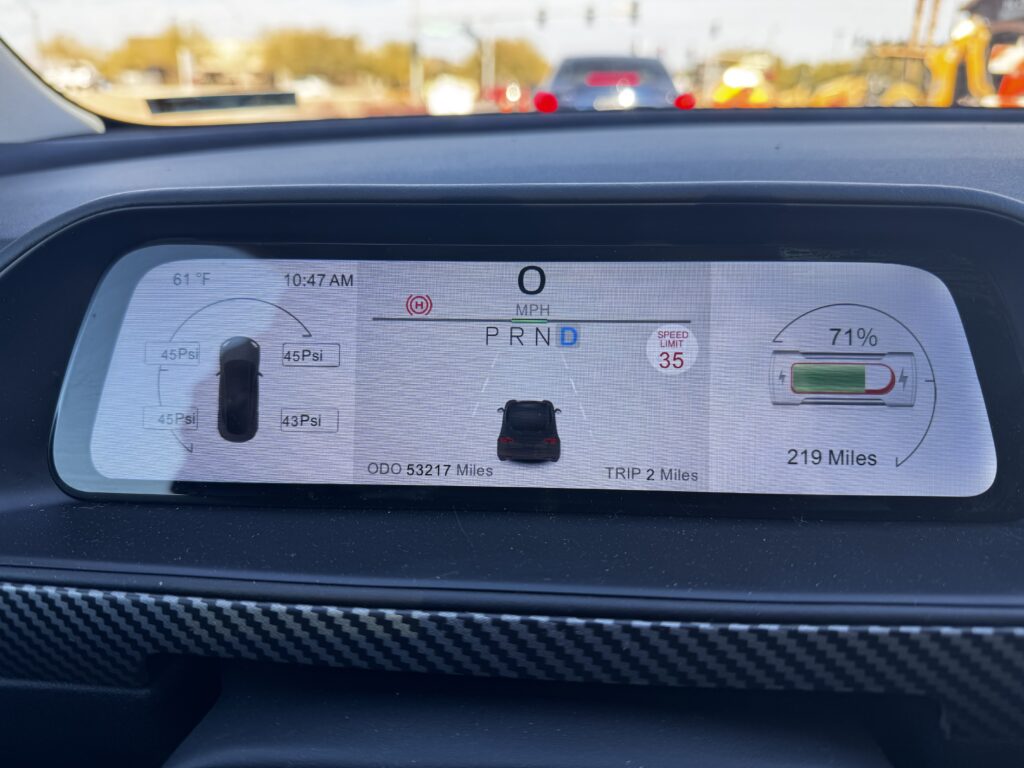When Dell introduced the XPS 13 laptop in 2012 it was a revelation—the first Wintel product to successfully take on and in most instances, surpass, what many considered the industry’s best and lightest laptop—Apple’s MacBook Air.
Moreover, since then, Dell has generally stayed well ahead of Apple, as well as Wintel competitors. Simply put: If you’re looking for a highly-portable Windows-based laptop with superior performance, excellent battery life, eye-catching design and leading-edge features, it’s difficult to find something that matches, let alone surpasses the XPS 13.
When Dell offered me a review unit of the XPS 13 2-in-1 introduced earlier this year at CES 2017, I was more than a little interested. Why so? Because this new addition takes the XPS line and the XPS 13 in some decidedly new directions.
Digging into the XPS 13 2-in-1
This isn’t Dell’s first 2-in-1 or even its first XPS 2-in-1. Previous solutions include the XPS 11 (a smaller, lighter form factor sporting a 360-degree hinge), the XPS 12 Convertible (featuring a pivoting display and stylus/pen) and the XPS 12 9250 (with a removable UHD touchscreen display/tablet). Plus, the company offers 2-in-1s in its Latitude, Inspiration and Chromebook lines, mainly sporting 360-degree hinges.
However, this newest Dell offering brings 2-in-1 functionality to one of its classic, most successful products, along with notable new components. Chief among those are Intel’s “fanless” Y-series Core CPUs which support configurable thermal design profile (TDP) which Dell further leverages via its Dynamic Power Mode technology. As a result, if an application requires additional performance, the extra power is delivered in bursts whose amount/duration are balanced against the system’s internal and external surface temperature requirements.
That enables the XPS 13 2-in-1 to deliver both laptop-quality performance and conspicuously silent tablet functions. Other features include integrated biometric security via a trackpad fingerprint reader and an IR camera (both linked to Windows Hello), full-sized backlit keyboard, USB-C and Intel Thunderbolt data/charging ports and Dell’s latest Active Stylus Pen input device.
The company also offers an optional 3200 x 1800 OHD version of its signature 13.3-inch InfinityEdge touch display (the regular display is a brilliant FHD 1920 x 1080 available in touch/non-touch versions). In addition, the XPS 13’s two USB 3.0 ports have been replaced with one USB-C 3.1 with PowerShare and a Thunderbolt with PowerShare ports. The XPS 13’s SD card reader has also been changed-out to a MicroSD reader. In other words, the new XPS 13 2-in-1 shows how Dell continues to keep what’s best about the XPS 13 while also proactively evolving the line.
Day-to-day use
So much for the bling. How about performance? Overall, the XPS 13 2-in1 did very well in day-to-day use and informal tests? First and foremost, it has all the features and capabilities that have long made the XPS 13 distinctive.
I initially had some concerns about whether Intel Y-series CPUs could live up to their billing, but performance was crisp, responsive and capable of taking on commonplace business and consumer workloads. What about the TDP/ Dynamic Power Mode features? The maximum temperature I measured on the case surface was 85F so all was well there.
There are a few issues that might concern some users. First and foremost is that the XPS 13 2-in-1’s 8+ hours of battery life lags what its laptop sibling offers. That’s not surprising since the XPS 13’s battery life is among the best in its class, but the difference is worth keeping in mind. Another point is weight—the XPS 13 2-in-1 comes in at 2.73 pounds compared to the XPS 13’s 2.65 pounds. That’s also heavier than full-sized tablets but XPS 13 2-in1’s full-on PC performance mitigates that to a large degree.
What about the new features? Those were a mixed bag. For example, since the biometric fingerprint and IR camera features are linked indelibly to Windows Hello, enabling them locks the user fully into Microsoft’s applications and worldview. That’s not my preference, so after testing (the features worked fine) I disabled them.
The 360-degree hinge that allows the system to be used in tablet or ‘tent’ mode feels and works solidly. That may seem simple but it’s an important issue since flimsy hinges tend to kill off this feature’s value. The 360-degree hinge also addresses one of the XPS13’s few flaws—the camera’s position at the bottom left hand corner of the display.
There are good reasons for this—mainly that there’s no room at the top of the XPS 13’s signature “Infinity Edge” display for a camera—but it also makes for odd video conferencing images. Since the XPS 13 2-in1’s camera is centered at the bottom of the display, flipping it into “tent” mode provides full-on front view images for video conferencing and calls. While you can’t use the keyboard to type in that mode, I don’t expect that issue to concern many customers.
Replacing traditional USB 3.0 ports with USB-C and Thunderbolt technologies, and swapping out the SD card reader for microSD will irk some users since the older technologies are anything but dead. Dell kindly includes a dongle adapter with the XPS 13 2-in-1 but, since it only offers a single USB slot, you may decide (like I did) to buy an aftermarket multi-slot adapter. If you prefer SD cards to microSD, you’re on your own.
Dell also included one of its new Active Stylus Pen which worked fine in my tests. Drawing and writing feel natural, though the lack of “drag” takes some getting used to. The pen includes a palm-rejection feature that prevents a user’s hand from making accidental marks on a digital canvas, and supports software that allows the system to learn/recognize an individual’s handwriting.
Final analysis
Not every new feature will please and attract all existing XPS 13 fans or potential new customers. My own reaction to the biometric functions proves that, and I expect graphic artists and similarly-inclined users will be more likely to appreciate the value of Dell’s Active Stylus Pen than others.
All that aside, there’s a lot to like about the XPS 13 2-in-1. Dell kept what’s great about the XPS 13 while also embracing new technologies and improving core functions. The result is a new solution that is considerably more flexible than XPS 13 laptop offerings. In a world where adaptability is a critical attribute for consumer and business technologies, with the XPS 13 2-in-1 Dell has succeeded in ensuring that the XPS line will continue to survive and thrive.
- Dell Concept Luna – Inspiring Sustainable Innovations with Circular Design - December 21, 2023
- AI Alliance: IBM, Meta, Dell and 50+ Founding Partners Pursue Open, Transparent and Safe AI Innovation - December 13, 2023
- Dell Technologies: Creative Partnering = GenAI Innovation - November 30, 2023




Comments are closed.